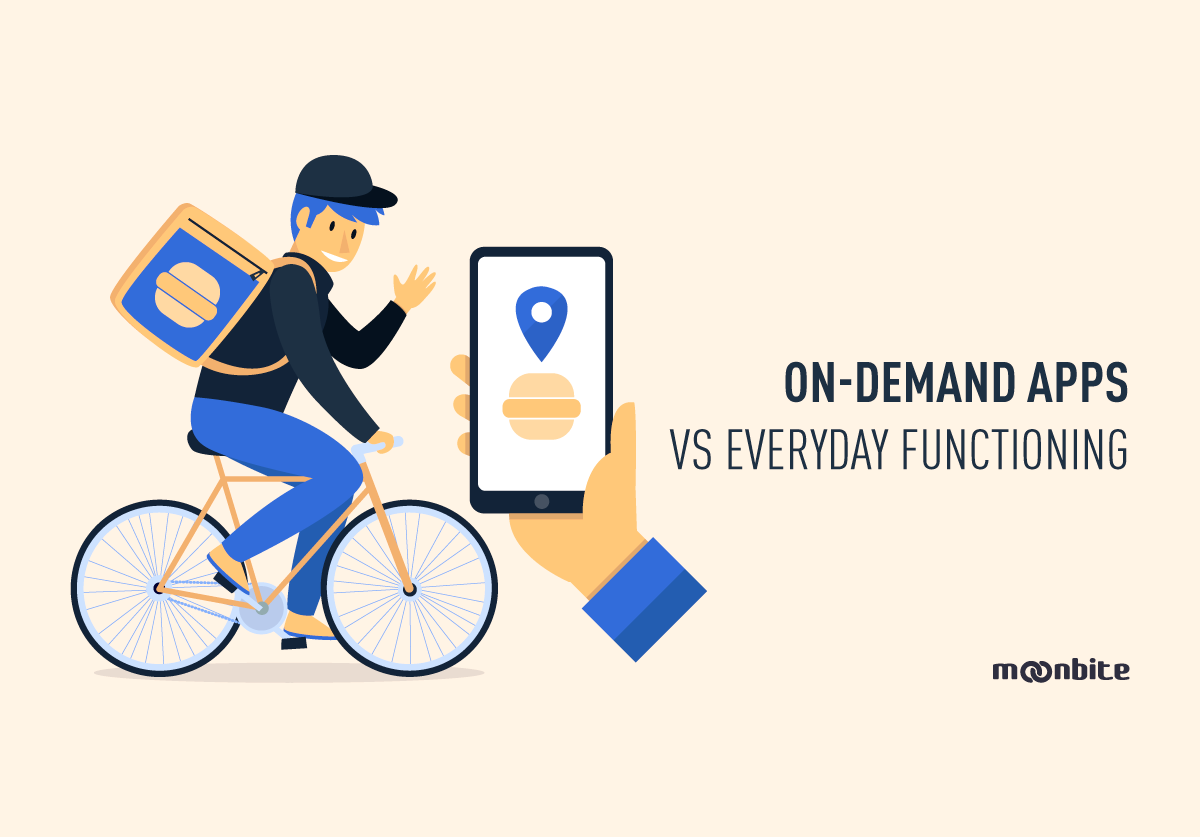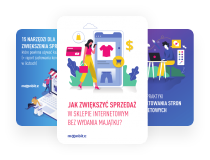On-demand apps vs everyday functioning
Probably everyone at least once used or heard about an on-demand app even if didn’t know about it. Apps such as Uber, Airbnb, and Postmates are ready to provide services when we need them the most without the need to leave the house or put down the phone.

On-demand apps are applications that act as a mediator between the service provider and receiver. It helps people to save time and effort when they need some kind of service. Instead of searching themselves users are turning to the on-demand apps to do the work for them in exchange for a small fee. Users can have food or household items delivered to their doorstep or order a ride in a matter of minutes. But the fast completion of orders is not the only benefit of on-demand apps. The financial aspect of the on-demand app is what makes it so popular among users. Providers can make some extra money by providing the service that is cheaper for other users than the one provided by the companies it a traditional way. The lower costs and convenience of on-demand apps makes them more appealing for both service providers and receivers.
Types of on-demand apps
Users of on-demand apps are divided into two groups – service receivers and providers, therefore, developers often need to create two separate applications with different features. Service receivers should be able to post the request or access the offers at any time and place. The services then are provided by independent contractors who can choose when and how to complete the order. The app is simply the tool that is used by both groups to place and realize the order.
There are three types of on-demand apps based on what sort of users are on both sides of the app. Uber and Airbnb are two classic examples of Person to Person (P2P) apps. The person that receives the service is a regular user who is looking for a cheap and fast way to satisfy their needs. On the other side service provider is using the app as a part-time or even full-time job.
Many businesses as well are jumping on the on-demand app bandwagon by creating apps that help users to receive the products or services in a more convenient way. Booking.com and Domino’s Pizza are providing services Business to Person (B2P) by allowing their users to complete orders directly through the app with couple simple clicks. Using on-demand apps helps companies to cut costs of transportation and employing drivers, as most apps are based on independent contractors with their own vehicles completing the order.
On-demand apps also find their application in the relationships Business to Business (B2B). Usually, those apps are related to transportation or provide services that are typical for companies such as renting offices or equipment. This type is mostly about connecting two specific businesses that is easier through a particular app.
On-demand apps are changing how companies are interacting with their customers. Businesses are providing more and more convenient ways for users to order and receive their products or services. But because such applications, first of all, depend on the users, they require a lot of behind the scenes development from the companies to make the apps the most beneficial for contractors.


